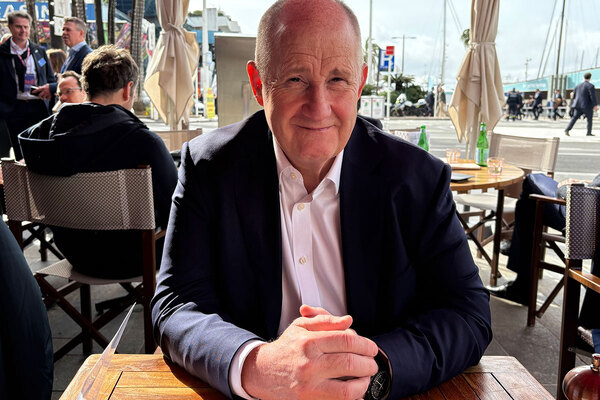How we found the regeneration ballot process
Metropolitan tenants voted for regeneration in the first ballot in London since new rules were implemented. The exercise was not easy but was well worth it, explains Geeta Nanda
For us at Metropolitan Thames Valley, we understand it’s not always easy but in our own way we are determined to engage with our residents to make sure their views are heard.
We believe that where we can do it, engaging meaningfully with our residents is always more than worth the effort.
That’s why when new rules on resident ballots were brought in by the mayor of London, we wanted to make the most of the opportunity to put our approach into practice.
It’s our residents who care most about the community in which they live and who understand the challenge of affordability in their areas, so gaining local trust and maximising affordability is the key to success.
In Westhorpe Gardens and Mills Grove in Barnet, we worked with the local council to consult and ballot residents under the mayor’s new rules.
In doing so, we were not just seeking their consent in delivering a transformational estate regeneration but seeking their ideas and input, too.
At the moment, the estate is made up of 102 properties that are in need of extensive repairs and would cost a significant amount to renovate.
So we undertook to consult residents and produce a design informed by what they want.
To do that, we ran consultation sessions which were attended by over 60% of residents and we door-knocked every home to make sure everyone had an opportunity to have their say.
We got a lot of feedback and at every stage we did our best to reflect that feedback in our designs and offer to residents. For example, residents said they wanted to protect trees so we have kept as many in place as possible; they asked for new lifts so we made sure there were lifts in every building; and they asked for new public spaces, so as part of the scheme we will deliver new play areas and open spaces.
“The ballot process itself was run by Electoral Reform Services (ERS), which helped give it independence and credibility.”
We also put together a comprehensive ‘landlord offer’ for residents and sent it directly to everyone on the estate. Everyone was given details on how to vote on the plans and our team on the ground proactively door-knocked the estate to follow up and address any issues raised by residents.
The ballot process itself was run by Electoral Reform Services (ERS), which helped give it independence and credibility.
As well as administering the ballot, ERS acted as the independent scrutineer ensuring that the process was run fairly, legally and legitimately.
On Monday ERS confirmed that 75% of residents voted in favour of the scheme, with a 66% turnout. The trust they have put in us to deliver this scheme I hope reflects the process and engagement we have undertaken throughout, as well as our genuine commitment to do our best to reflect what residents have asked for.
That means, subject to planning permission, we will have a scheme of around 250 brand new homes, almost all of them affordable with some private sale designed specifically for older people. We will, of course, continue to work with residents as the scheme progresses and we have made commitments to ensure we minimise disruption to residents once the building work gets going.
“Balancing land value, investment and affordability can be challenging but the potential for success is huge.”
Some house builders might be nervous about a resident ballot – and certainly ballots aren’t the only way to engage residents – but for us, this kind of grassroots engagement should be part and parcel of what we do.
Balancing land value, investment and affordability can be challenging but the potential for success is huge. Of course cost is a factor, but the engagement and ballot process has cost around 1% of the total value of the scheme and the benefits are clear.
We are a people-powered organisation, so the only way we can really deliver for our residents and customers is with their help and consent.
Democracy isn’t always easy and the process isn’t always perfect, but in this case it was worth it to deliver something that our residents can really get behind and be proud of.
Geeta Nanda, chief executive, Metropolitan Thames Valley












